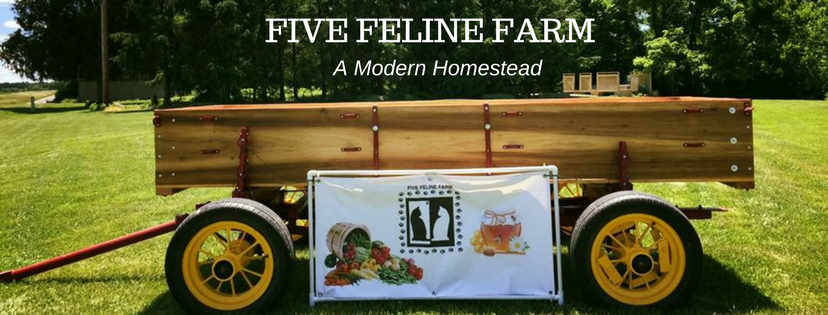I love butter. Smooth, silky, creamy butter. There is nothing like it to transform pan sauce into a glistening, slightly thick, lip-smackingly rich perfection.
The butter at my house can be found in not one, not two, but three locations.
Butter on the Counter
Softened butter occupies a place of honor on the counter. Kept fresh in a butter keeper, ready to spread at a moment’s notice.

Butter in the Fridge
There are packages of butter awaiting use in the refrigerator, stick by glorious stick.
Butter in the Freezer
And there is always butter in the freezer. Usually purchased 16 or 20 pounds at a time. Butter stores perfectly well in the freezer. I can’t chance running out.
I preserve herbs in butter, making logs of rich herb butter to freeze. Later sliced and added to everything one can imagine. See how that process works in Making Herb Butter.
Oh, I know what you’re thinking.
“Her arteries are so clogged with all that butter fat, there’s no oxygen to her brain.”
“Bet her blood flows thick as frozen butter.”
“Cholesterol must be off the chart.”
The low-fat movement is surely having a stroke about now.
Yes, I use a lot of butter. Along with all the other full fat ingredients.
I’ve stopped using canola oil, shortening, corn oil, butter substitutes, reduced fat milk and cheese. In my opinion these options are not healthy, whole food. Many are GMO laden or composed of unrecognizable ingredients. These are not the food that my grandparents knew and used. I have stocked my kitchen with organic coconut oil, extra virgin olive oil, full fat milk and cheese.
And butter. Lots and lots of creamy butter.
By the way, my cholesterol is down.











